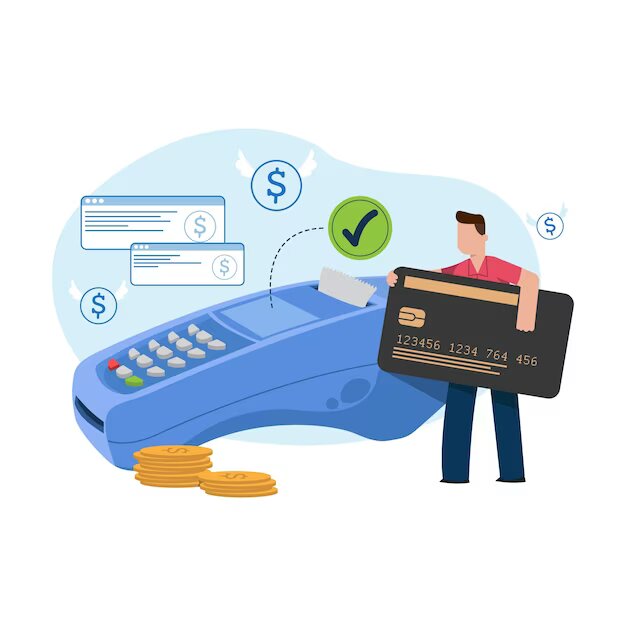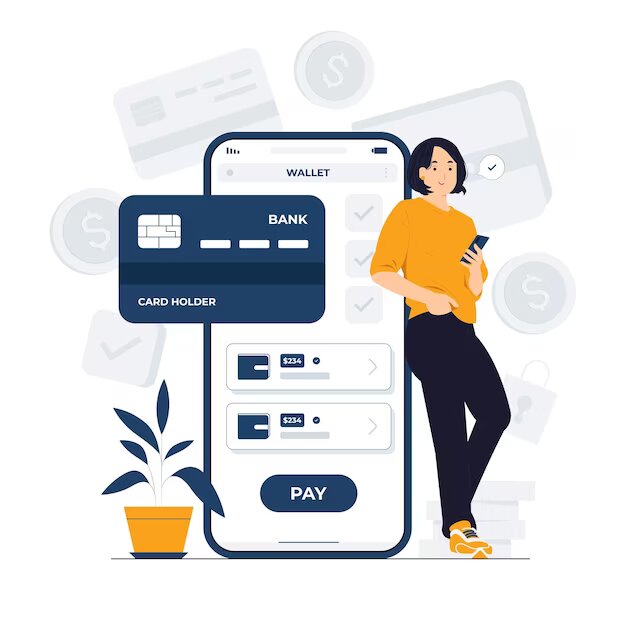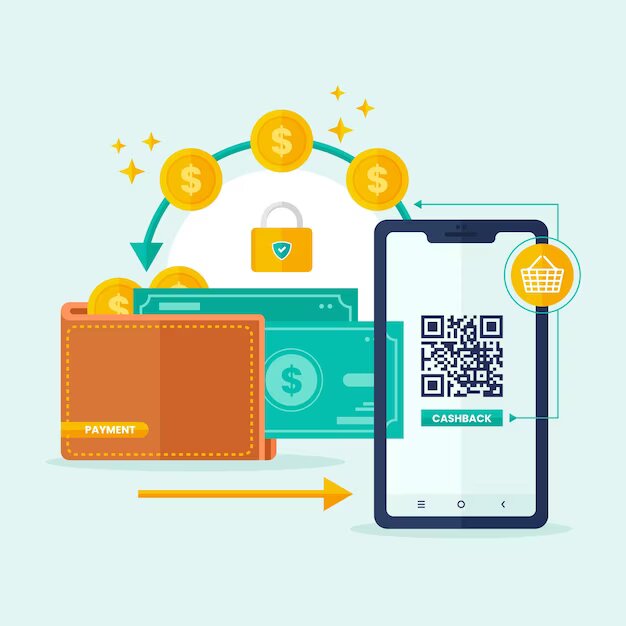In an ever-growing online commerce market, preventing payment method fraud is of utmost importance for businesses and consumers alike. It is important to use effective mechanisms to secure payment processes to protect sensitive financial information and maintain trust. The main tip is to use advanced containment technology. Encrypting data during transmission ensures that the information is unreadable even if it is blocked, protecting against potential threats. Additionally, the use of Secure Sockets Layer (SSL) certificates adds additional security by encrypting the connection between the user’s browser and the payment gateway.
Regularly updating and maintaining software is another important preventive measure. Older software can be vulnerable to vulnerabilities exploited by fraudsters. By keeping up to date with security policies and updates, companies can strengthen their defenses against potential breaches. Using two-factor authentication (2FA) is an effective way to further enhance security. This adds another layer of identity, requiring users to provide secondary information in addition to their password, such as a unique code for their mobile device.
Real-time transaction monitoring and analysis is essential to rapidly detect and respond to suspicious activities. Automated fraud detection systems can identify irregular patterns or transactions, triggering alerts for further investigation. Setting speed limits and checking for unusual patterns can help identify potentially fraudulent activities. Educating customers and employees on best safety practices is important. Providing clear guidance on developing a strong password, jumping capture attempts, and reporting suspicious activity can empower users to play a more active role in the prevention of fraud.
Regular security audits and assessments can help businesses identify potential weaknesses and vulnerabilities in their payment gateway systems. By engaging with this information, organizations can stay one step ahead of fraud and create a secure online environment for transactions.











